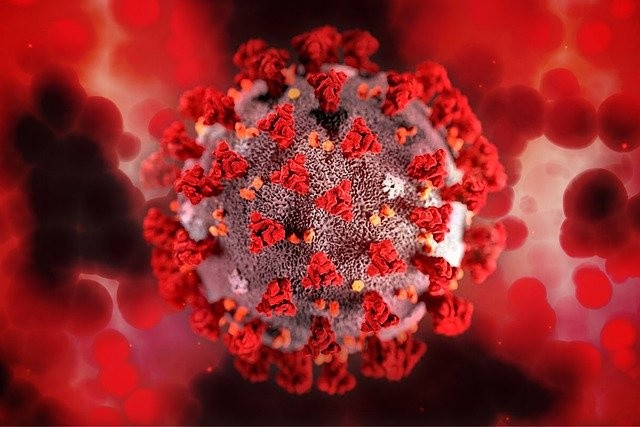
Scientists might have found mechanisms that make coronavirus variants highly transmissible and how they produced hybrid strains. One of the goals is to analyze how the new variants come about to devise means to solve them.
From 2020 when the SARS-CoV-2 began, variants were emerging, producing several active strains.
From the first variety, they have changed in the spike protein that pierces the cell membrane and other discoveries how the virus can bypass the cellular defenses.
Various strains emerge confounding researchers
The initial SARS-CoV-2, which is the wild type, then came the Alpha that scattered fast in the US in 2021. Next, the delta developed as the most potent strain, which is most infectious today, reported Science Daily.
Crucial to the variants are the structural changes that enable the virus to infect and scatter faster. Most of the changes are centered on the spike protein that is the vessel for co-opting a cell's machinery.
This is what to decipher how or what changes the virus could have to find a way to alter functions to optimize spreading itself.
NIDCR Director Rena D'Souza had remarked that the study pointed to new directions how the alpha and delta mutants are the subject of developing medicines that effectively deal with future solutions in defeating future pandemics, cited Techie Live.
The National Institute of Dental and Craniofacial Research (NIDCR) is trying to discover the mechanisms that make infectious coronavirus variants is crucial for ending the pandemic.
The coronavirus structure
Describing the structure of the coronavirus would start with its spikes which is its business end, which latches on cells like Velcro. Activation of the protein spike is done via cuts in host proteins, like the Furin Enzyme, noted Medical News Today.
Strains like the delta and Alpha have made significant spike protein changes that make the Furin cleavage more effective. However, to be a key evolution in co-opting cellular machinery to make copies.
Observations show the protein cleavage could be lessened by the presence of more bulky sugar molecules, made possible by GALNTs enzymes close to the cleavage site.
#NIDCR scientists identified a mechanism that may help explain why the alpha & delta #SARSCoV2 #variants spread & infect people more easily. The findings could inform future efforts to develop new interventions for #COVID19. https://t.co/9Bd3n82WZR
— NIDCR @NIH (@NIDCR) November 5, 2021
One of the experiments done during the study is how the effects of the GALNT action on spike proteins of the fruit fly and mammalian cells differ. One of the tests using the GALNT1 enzyme adds sugar to the wild strain coronavirus that lessens the furin cleavage.
More trials to find out the enzyme activity had verified it is a mechanism to factor the speed of transmission or how infectious it is. The author saw how the cell would join to cause the infection to spread, especially those with hybrid spikes.
Those with evolved spiked protein would merge easily with the wild strain COVID-19 cells, but less if the GALNT1 dampened the result. But the delta and Alpha can override the dampening proteins.
The presence of GALNT1 is an enzyme affecting mechanisms that make infectious coronavirus variants, based on the research to develop a better cure.
Related Article: New Study Suggests COVID-19 Antibodies Last at Least 10 Months After Infection; Other Studies Refutes the Findings








